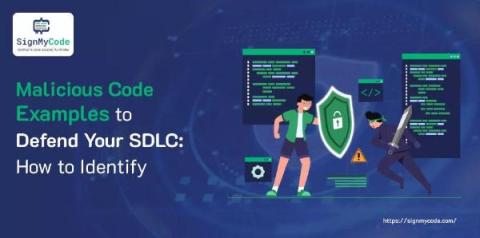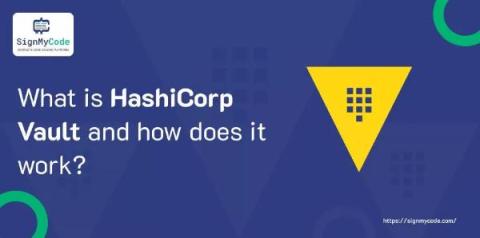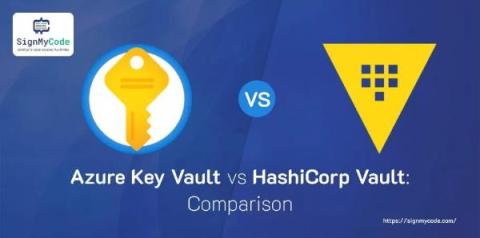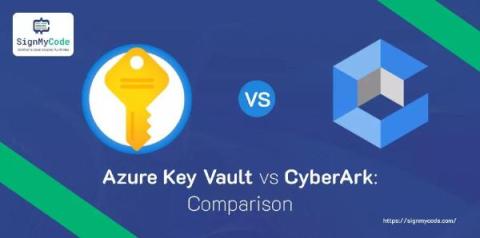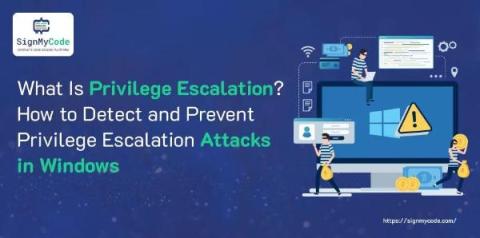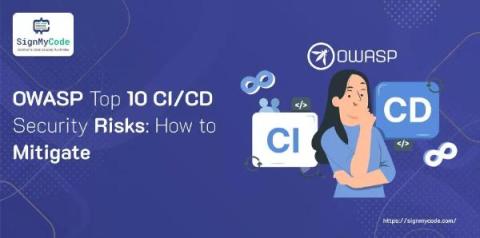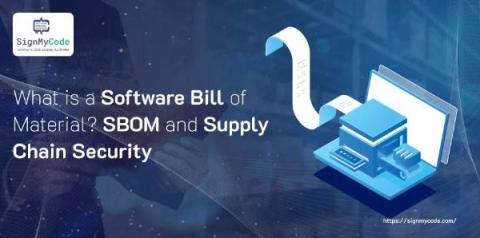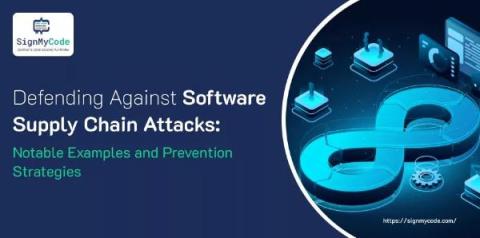Risks and Challenges with Compromised Code Signing Certificate - How to Overcome
Do you know almost 88% of companies experience unplanned outages due to expired certificates? Given these big numbers, ensuring the safety and reliability of software with code-signing certificates is vital. However, when a code signing certificate is compromised, it can pose significant risks that can undermine the trustworthiness of software distributed to users. In this blog, we are going to discuss all those risks and challenges, along with some tips on how to overcome them. Let’s begin!



